When you’re picking epoxy resin for acrylic painting, you want something that gives a clear, durable, glossy finish. That finish should protect your art and make it pop.
The best epoxy resin for acrylic painting cures to a scratch-resistant, food-safe surface. It boosts the vibrancy of acrylic paint and keeps your artwork looking sharp.
Go for high-quality resin if you want your work to look professional, like resin jewelry or those fancy geode paintings.
Resins made for jewelry or acrylic pouring usually work great for sealing and varnishing acrylic art. Unlike polyurethane, epoxy resin gives a thicker, glassier coat that really protects your painting.
You can also mix in colors or effects by adding acrylic paint to the curing resin. That gives you a lot of creative options.
Why Pick The Best Epoxy Resin For Acrylic Painting?

The resin you choose changes how your art looks and how long it lasts. Resin quality decides the clarity, gloss, and protection your painting gets.
These things keep your art vibrant and safe from scratches, dust, and time. If you want your painting to look good for years, pick wisely.
High Clarity And Mirror Gloss To Make Your Acrylic Art Pop
Good epoxy resin gives your painting a glass-like, clear finish. Colors stay bold, and there’s no annoying haze or cloudiness.
That mirror gloss surface adds depth and makes details stand out. It’s honestly kind of stunning when the light hits it right.
If you use cheap resin, it might yellow or get dull. The best stuff stays crystal clear once it cures and keeps your colors looking fresh.
Look for words like high gloss finish, non-yellowing, or crystal clear on the label. Those usually mean you’ll get that pro look and long-lasting shine.
UV Protection Keeps Colors From Fading Or Yellowing Over Time
UV resistance is a big deal if you want your painting’s colors to last. Sunlight can fade paint and make resin turn yellow, which is a bummer.
Pick a resin that says UV resistant or mentions UV stabilizers. Those help your painting keep its color for years, even in bright rooms.
UV protection blocks out harmful rays and slows down oxidation. So your colors stay true, and the resin stays clear.
If your art will hang somewhere sunny, don’t skip this feature.
You’ve mastered resin’s shine—ready to dive deeper? Resin Casting Basics: Everything Newbies Need To Know walks you through molds, measuring, curing, and tools to take your skills to the next level.
Know Your Resin Types

The resin you pick depends on the finish and thickness you want. Some are best for flat surfaces, others for thick, layered art.
Knowing the difference helps you get clear, durable results when you cover acrylic paint with resin.
Coating/Top‑Coat Resin: Ideal For Flat Canvas Or Panel Covers
Coating resin is made for thin, smooth layers. It’s perfect as a clear coat over acrylic paintings on canvas or panels.
This type gives you a glossy, glass-like finish that keeps dust, moisture, and UV rays away. Since it’s for thin pours, it cures quickly and evenly, which helps avoid bubbles or weird textures.
Use coating resin for flat surfaces or resin art. Don’t pour it thick, though—it can crack or cure unevenly if you go overboard.
Casting/Resin For Thicker Pours And Table Art
Casting resin is thicker and made for deep pours. It’s great for resin art with layers or for those cool river tables.
You can build up multiple layers and even embed objects for 3D effects. Since it cures slower, you get more time to pop bubbles with a heat gun.
Just watch out—casting resin makes more heat as it cures. If you pour it too thick, it might yellow or warp. Use it for projects that need depth and toughness, like thick resin over acrylic or mold work.
The Best Epoxy Resin For Artists: Resiners Crystal Clear Epoxy Resin
When you’re picking epoxy resin for acrylic painting, clarity, durability, and ease of use matter most. You want a resin that makes your art’s colors pop, doesn’t yellow, and gives a smooth, bubble-free finish.
Resiners Crystal Clear Epoxy Resin stands out for its exceptional clarity and super glossy finish. Artists love how it makes acrylic paintings shine with true-to-life color.
This resin resists yellowing, so your art stays looking fresh. Its self-leveling formula helps you get that smooth, glassy surface without much fuss.
It cures hard but stays a little flexible, protecting your painting from cracks. Resiners Crystal Clear works on both flat canvas and textured surfaces.
The instructions are straightforward. Mix two parts resin with one part hardener, pour, and spread it out. You get plenty of working time to zap bubbles with a heat gun.
Also planning to create resin crafts? Pair this epoxy resin with top-notch tools like silicone molds and bubble‑removal machines to take your work to the next level.
How To Choose The Right Resin

To find the best epoxy resin for your acrylic painting, focus on how easy it is to mix, health and safety features, and whether it’ll yellow over time. These details really shape your experience and the final look.
Prefer 1:1 Mix Ratio—Easier And More Accurate
Go for an epoxy resin with a 1:1 mix ratio by volume. It’s just simpler and less likely to mess up—no sticky or half-cured disasters.
Mixing equal parts resin and hardener makes life easier. You avoid soft spots or bubbles, which is especially nice if you’re new to resin or want consistency.
Resins with a 1:1 ratio often self-level, so they spread smoothly and fill tiny imperfections without you having to fuss over it.
Look For Long Working Time, Low VOC, ASTM D4236 Certification
Pick a resin with a long working time—30 minutes or more is great. You’ll have time to spread it out and fix mistakes without feeling rushed.
Check for low or zero VOCs (volatile organic compounds). Low VOC means fewer fumes, which is a relief if you work indoors. Non-flammable is a nice bonus.
Look for ASTM D4236 certification on the label. That means the resin’s been tested and is non-toxic for art use.
Check UV Additives And Low Ambering Reviews
To keep your painting from yellowing, pick a resin with UV inhibitors or additives. These slow down ambering from sunlight or indoor lights.
Reviews matter here—see what other artists say about yellowing. Some brands mention low ambering, which is key for acrylic art.
Good UV protection keeps your colors bright. If your art will see a lot of light, don’t skip this feature.
With your painting safe under glassy resin, why not try wearable art next? Explore our article: 15 Stunning Resin Earring Ideas To Try for simple or statement pieces that show off your shine.
Final Thoughts
The best epoxy resin for acrylic painting gives you clarity, UV protection, ease of use, and a hard, glossy surface. Look for one that mixes easily in a 1:1 ratio, has low odor, and a working time that fits your style. Try a small test pour first to see how it behaves and cures on acrylic paint.
Once you pick a good resin, use it in a clean, well-ventilated space. Pour slowly, remove bubbles, and let it cure fully. Store any leftovers in a cool, sealed container. With the right resin, your acrylic artworks will stand the test of time with beautiful shine.
Want more inspiration? Don’t miss our article, Unique Resin Art Ideas: Creative Projects for Every Creator, packed with inventive projects—from personalized jewelry to stunning wood‑and‑resin pieces—to help your resin journey flourish!
Frequently Asked Questions
Will epoxy resin stick to acrylic paint?
Yes, epoxy resin sticks to acrylic paint if the paint is totally dry and cured. Acrylic paint forms a stable layer that resin can grab onto.
But if there's dust, oil, or moisture, the resin won't bond well. You should gently clean the painted surface with a lint-free cloth before you start.
Try not to touch the surface with your hands—oils from your skin can mess things up. Some artists like to lightly sand glossy acrylic paint to give the resin more grip.
If you sand, make sure to wipe away all the dust. Even a little bit left behind can get trapped under the resin and ruin the look.
What is the difference between epoxy resin and acrylic resin?
Epoxy resin comes as two parts you mix together. It hardens through a chemical reaction and gives a strong, glossy, and tough finish.
People often use epoxy for coating art because it cures slowly, letting you fix mistakes as you go. Acrylic resin, or PMMA, cures faster and you can pour or brush it on.
It's not as strong as epoxy and sometimes looks a bit cloudy, but it handles sunlight better. For acrylic paintings, most artists prefer epoxy resin for its clarity and durability—makes sense, right?
What will epoxy resin not stick to?
Epoxy resin just won't stick to oily, waxy, or greasy surfaces. Silicone, polyethylene, polypropylene, and Teflon all resist epoxy.
Fresh paint that's still tacky or hasn't cured will also cause trouble. If the surface has fingerprints, dust, or any kind of mold release agent, expect peeling or bubbles.
So, give everything a good clean before you start. It really makes a difference.
How do you seal acrylic paint with resin?
Let your acrylic paint dry and cure completely—usually about a week. Then, carefully dust off any particles with a soft cloth.
Apply resin in thin, even layers using a plastic spreader or brush. Pouring too much at once can lead to weird runs or uneven spots.
Don't shake the resin bottle. Stir it slowly to keep bubbles at bay. If you do get bubbles, just wave a heat gun or torch over the surface for a few seconds and they'll usually pop.
How long to let acrylic paint dry before resin?
Let your acrylic paint dry for at least 24 to 72 hours if you're working with thin layers. That's usually enough time, but thicker or heavily layered paint? I'd play it safe and wait 7 to 14 days.
Drying time depends on a few things—paint thickness, humidity, and temperature. Thicker paint just holds onto moisture, so it takes longer to really cure.
If you're not sure, try a small test area first. That way, you won't risk ruining your project when you pour on the resin.

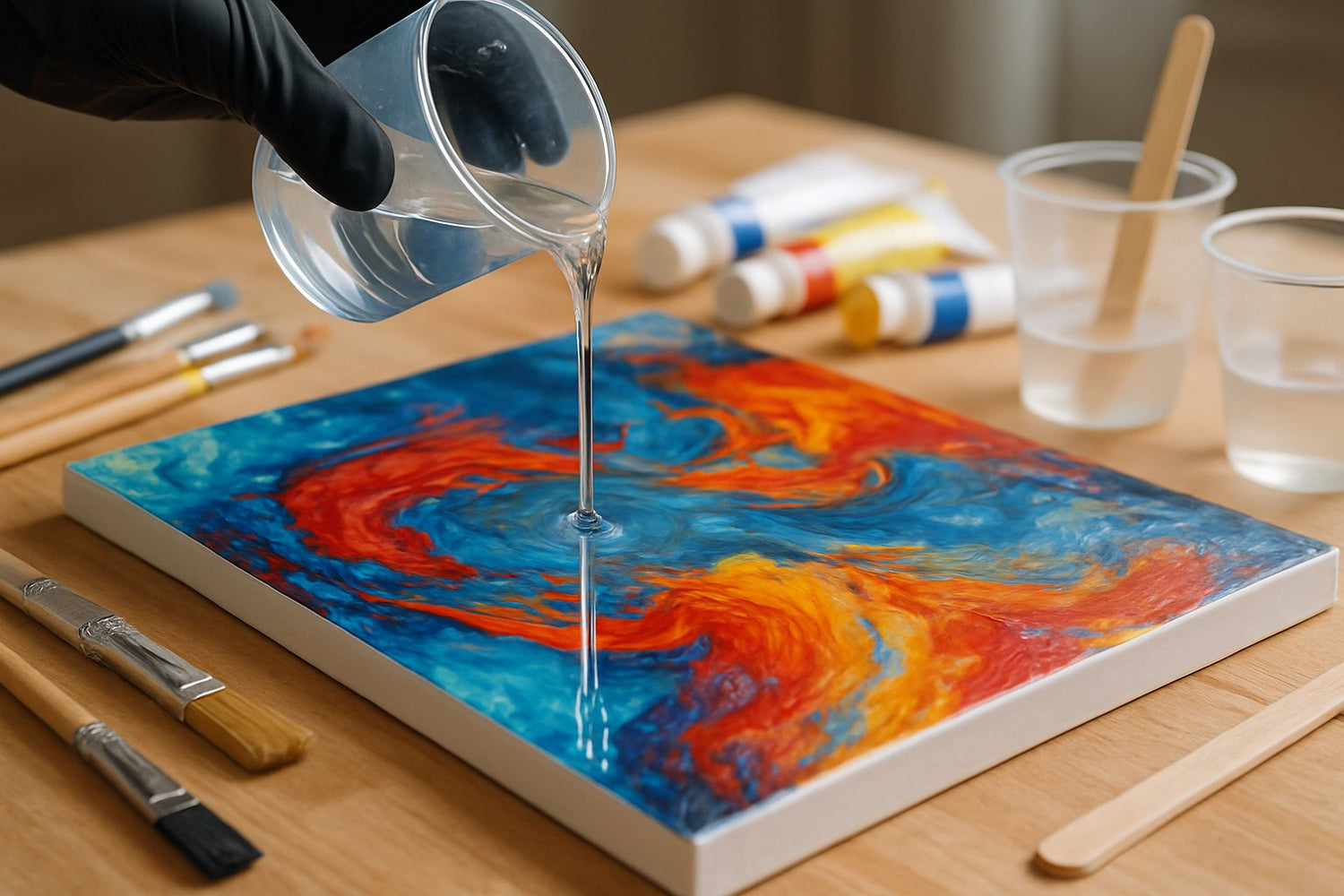

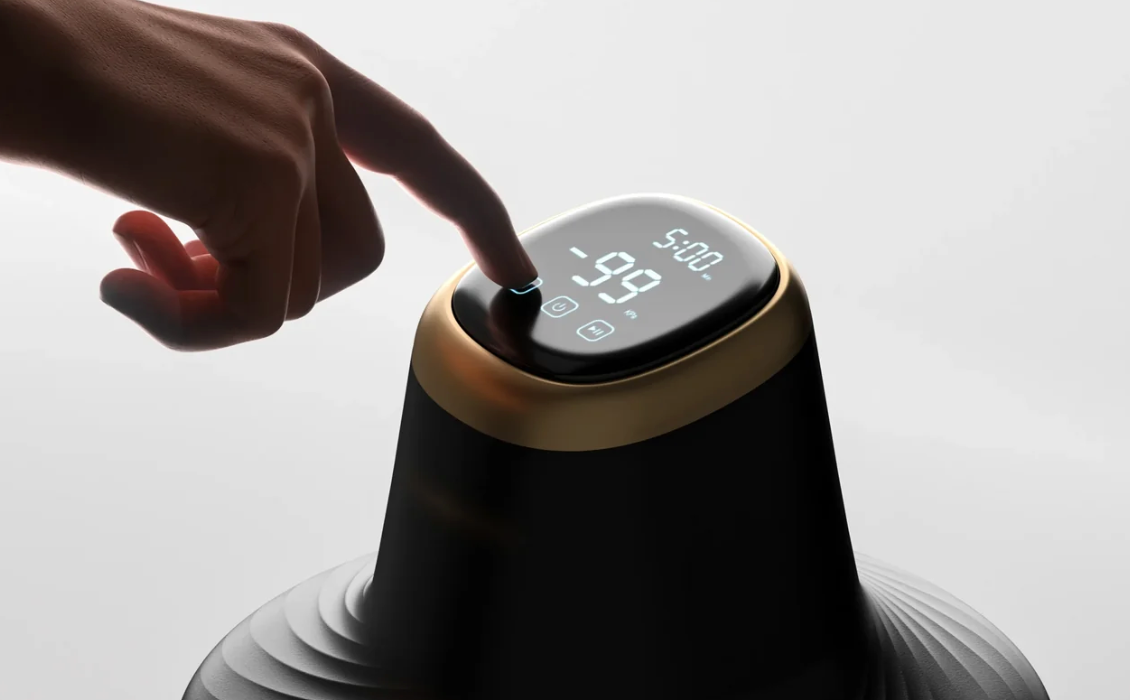
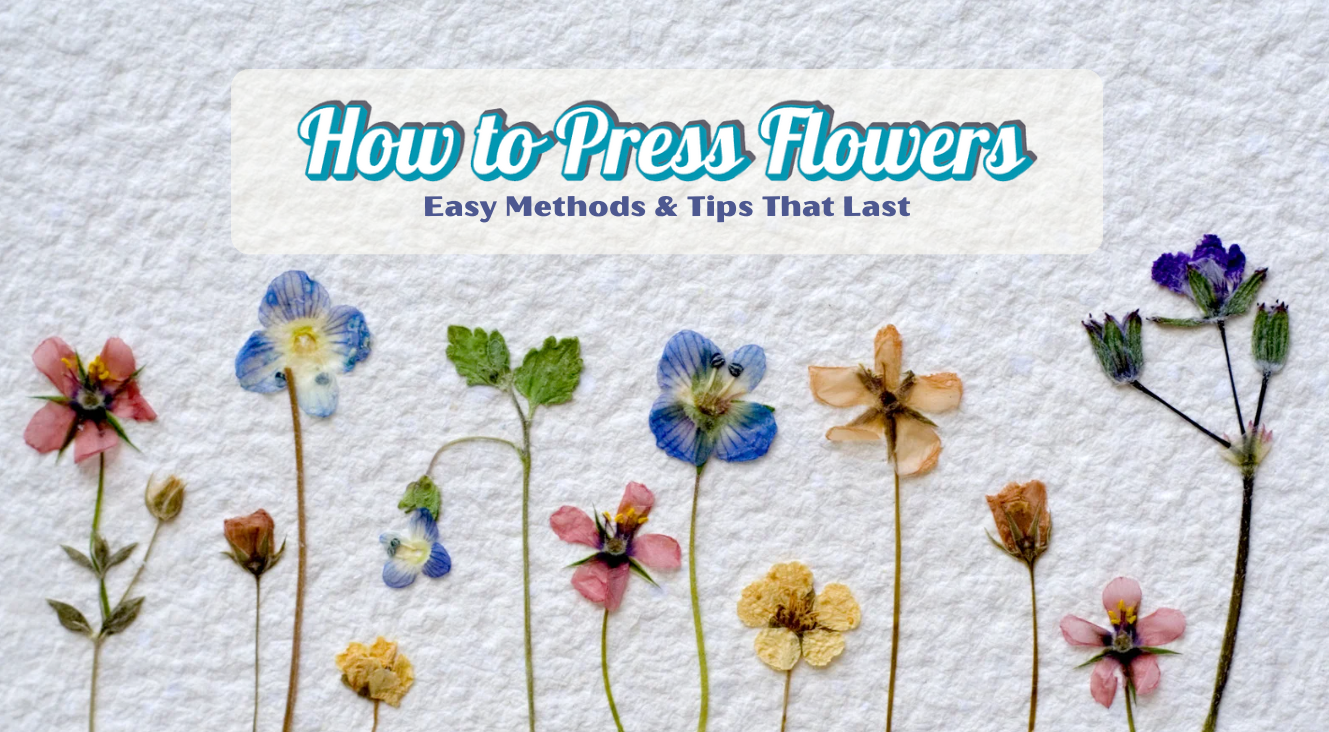
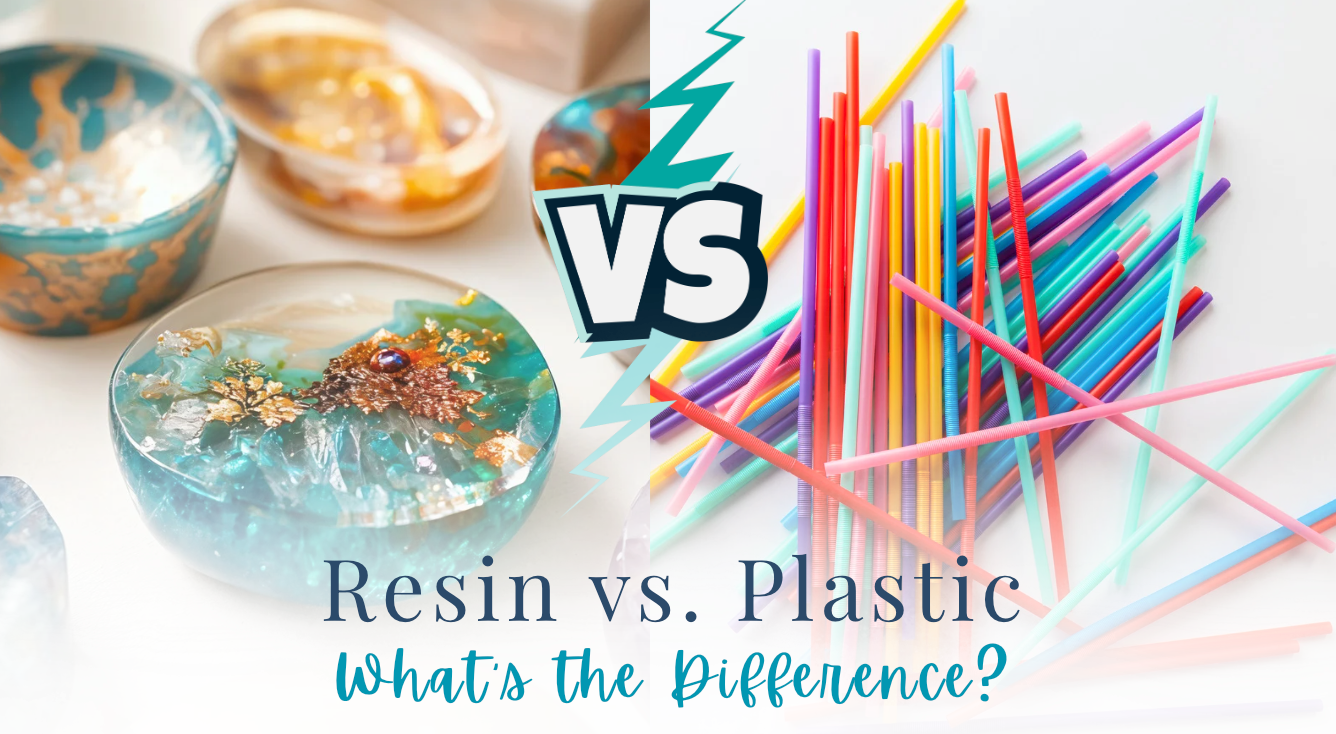
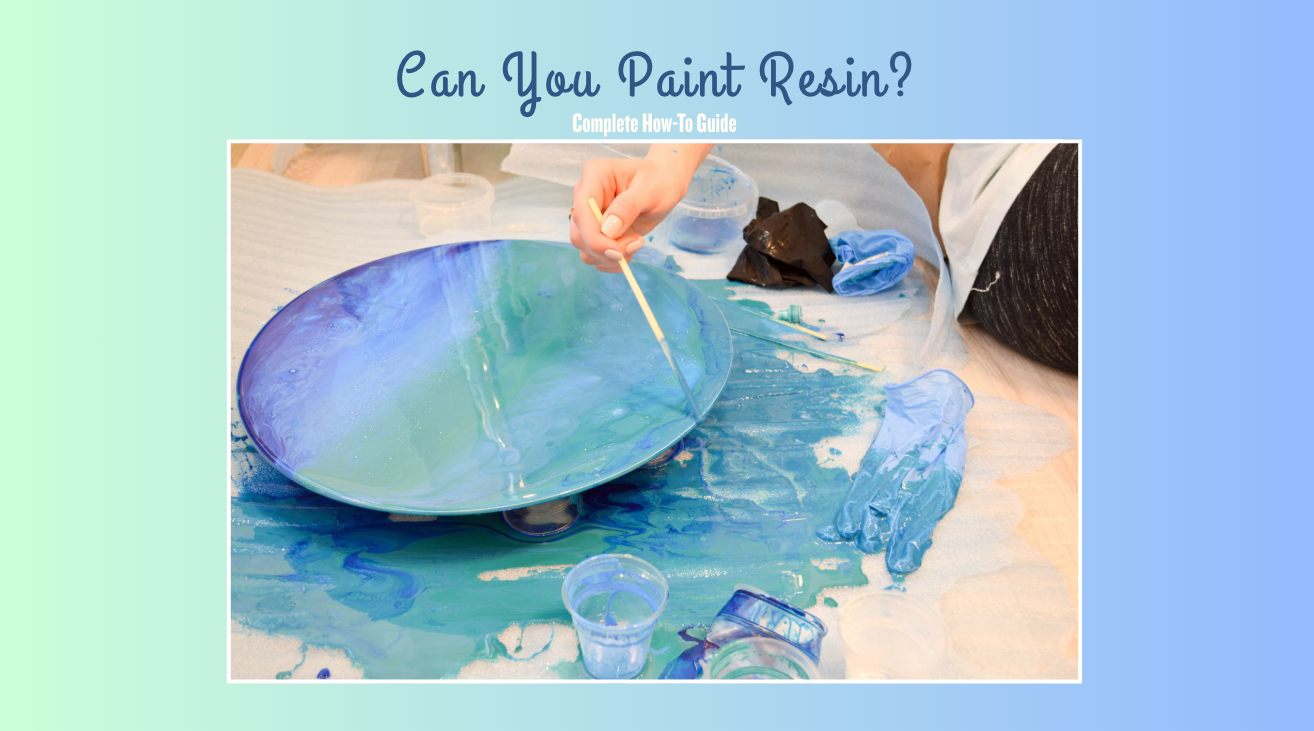
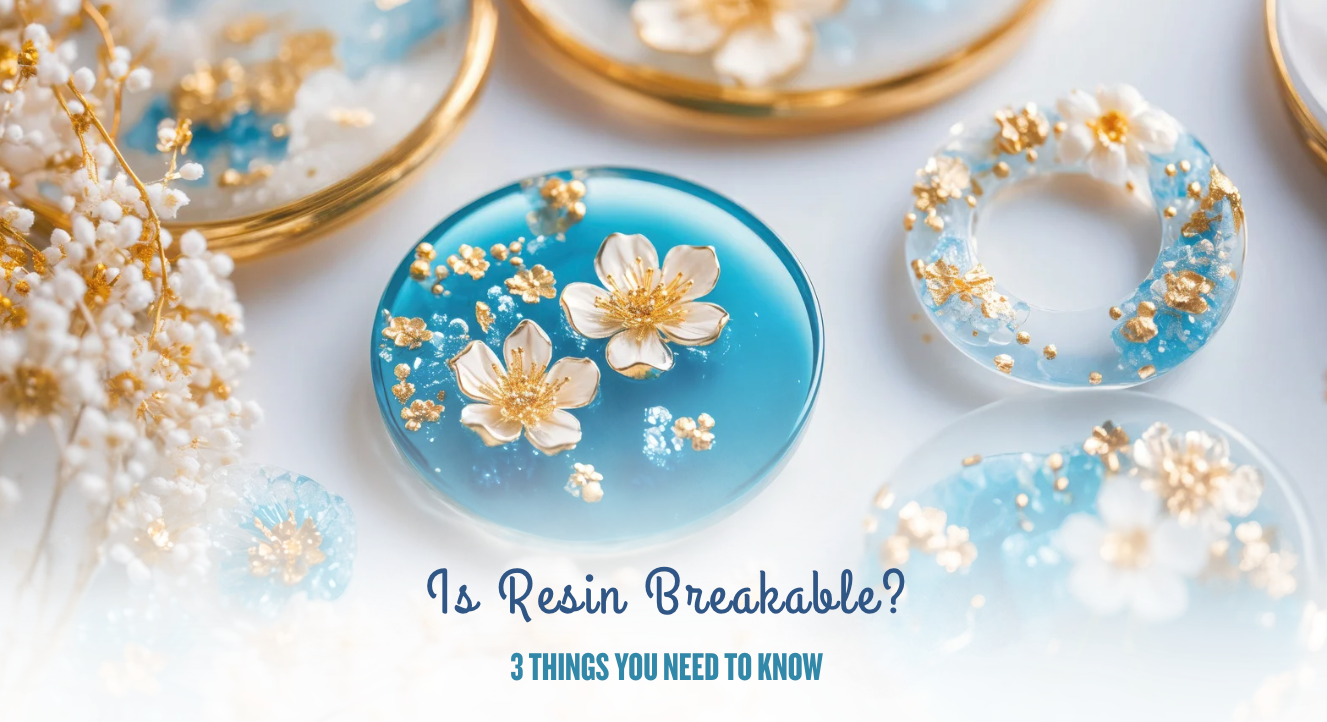

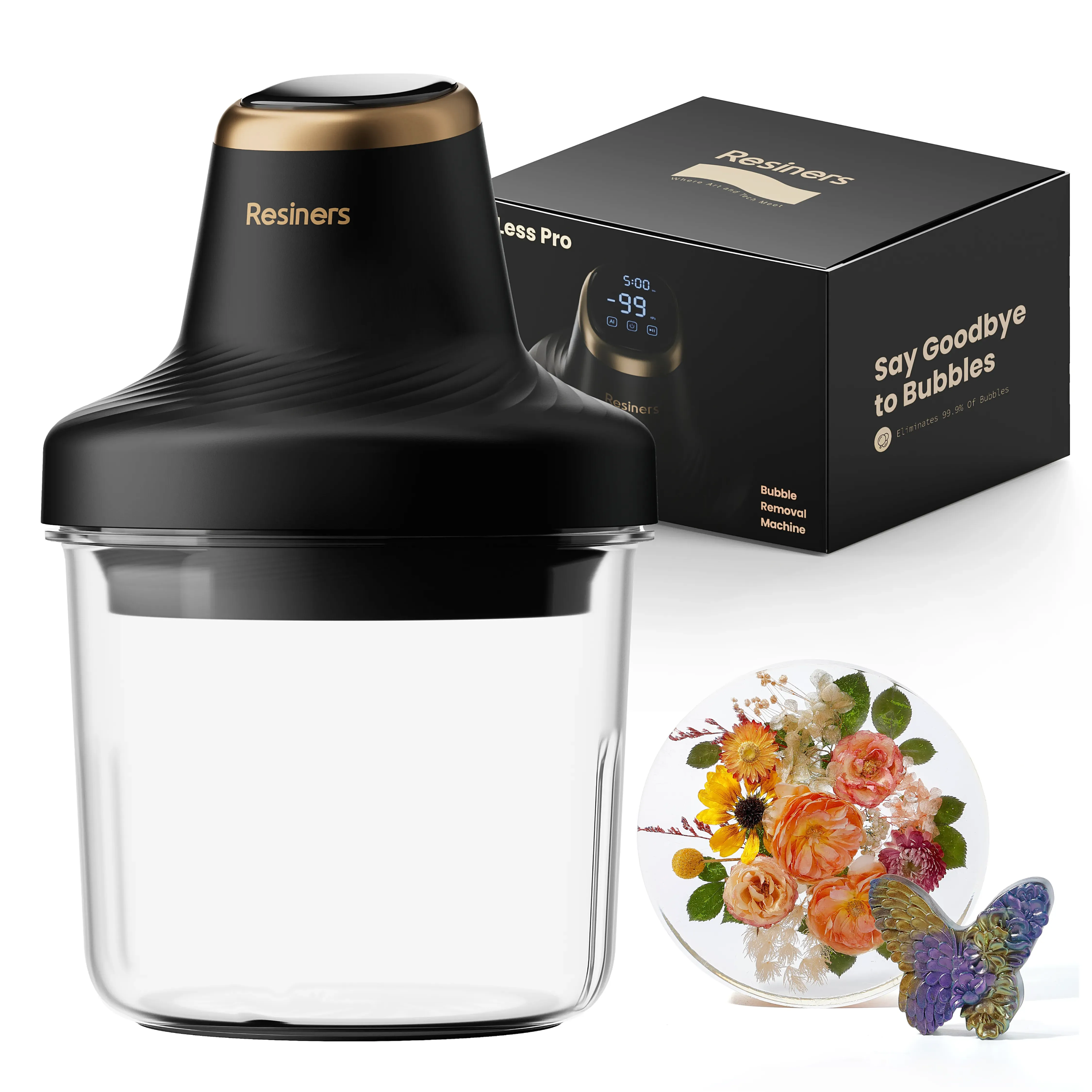
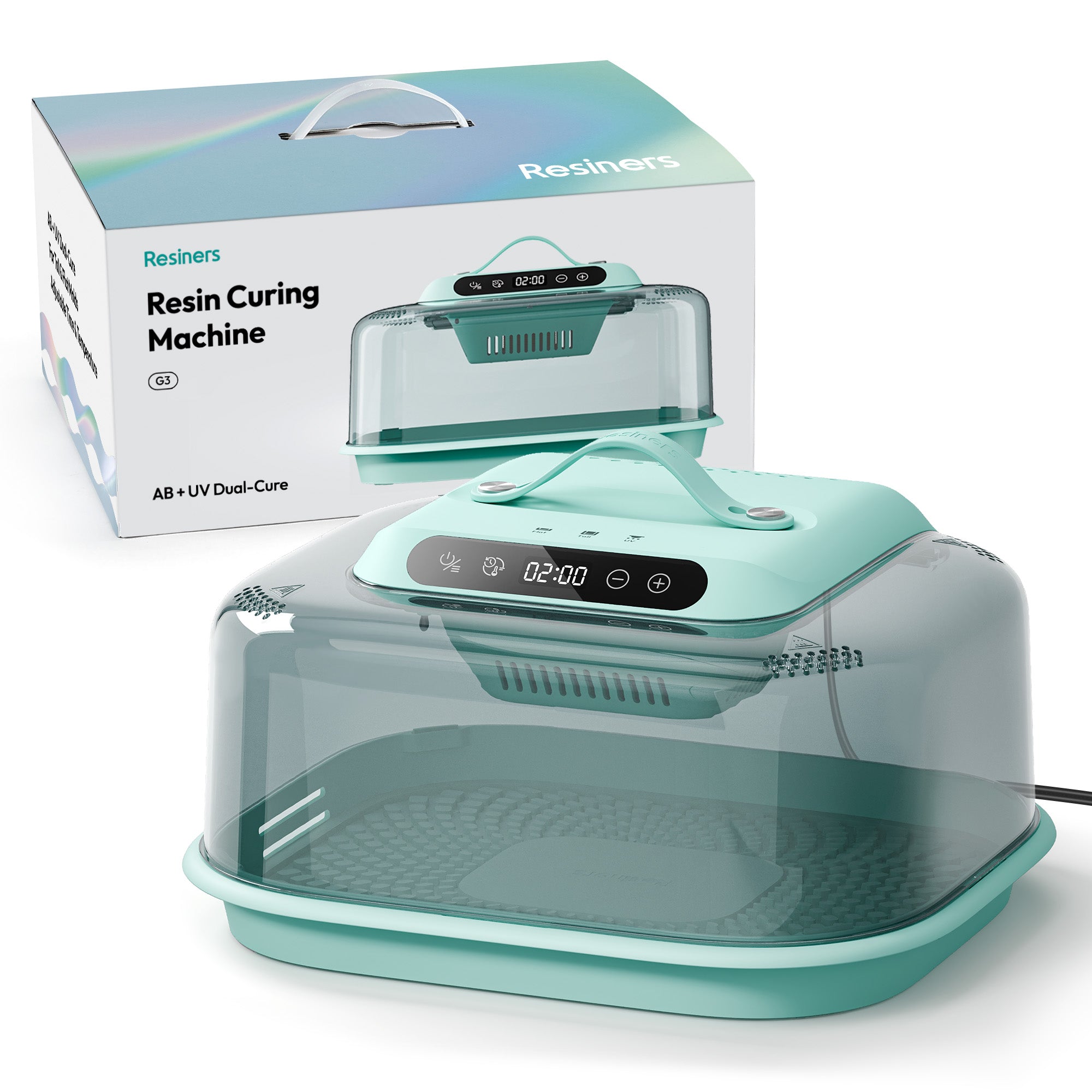

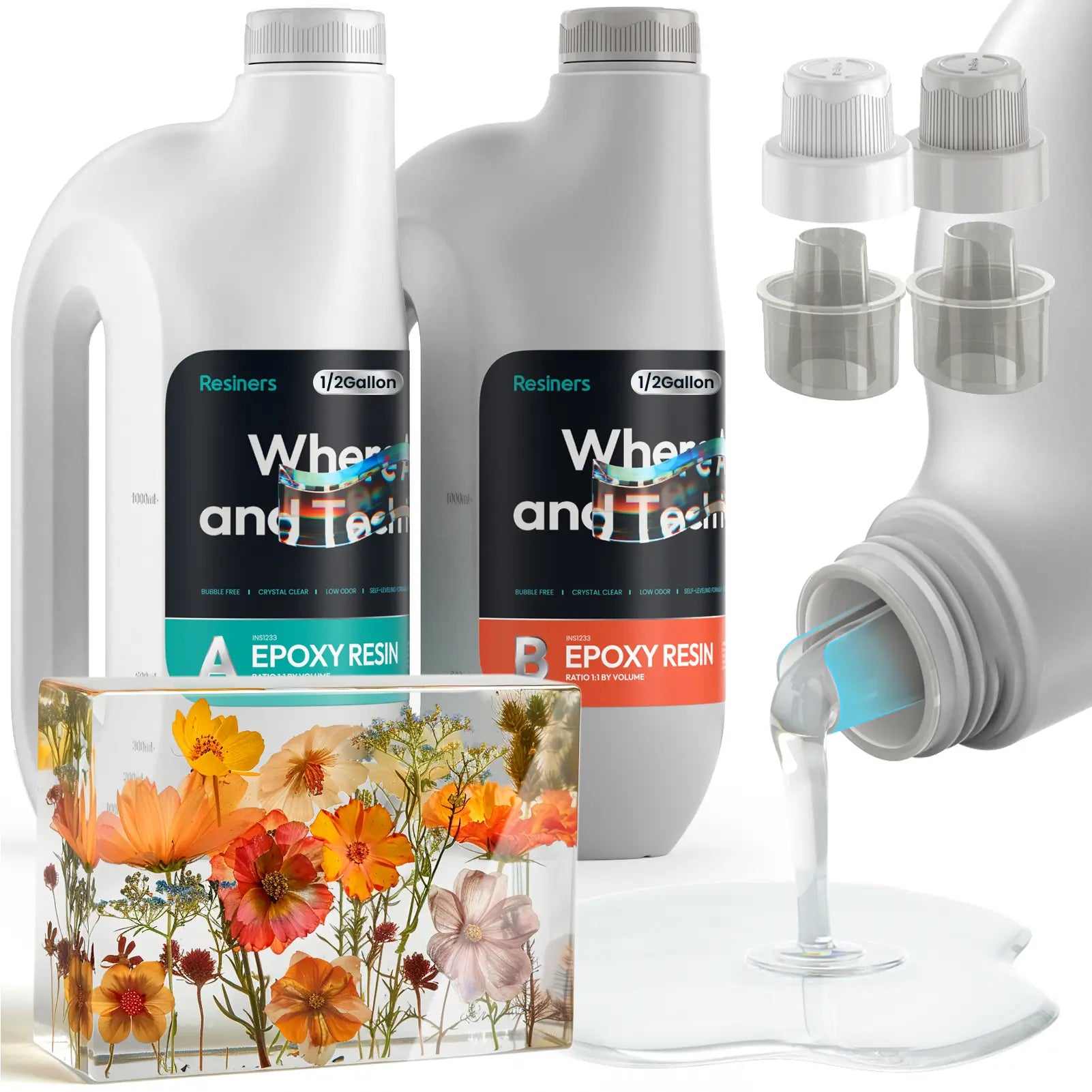
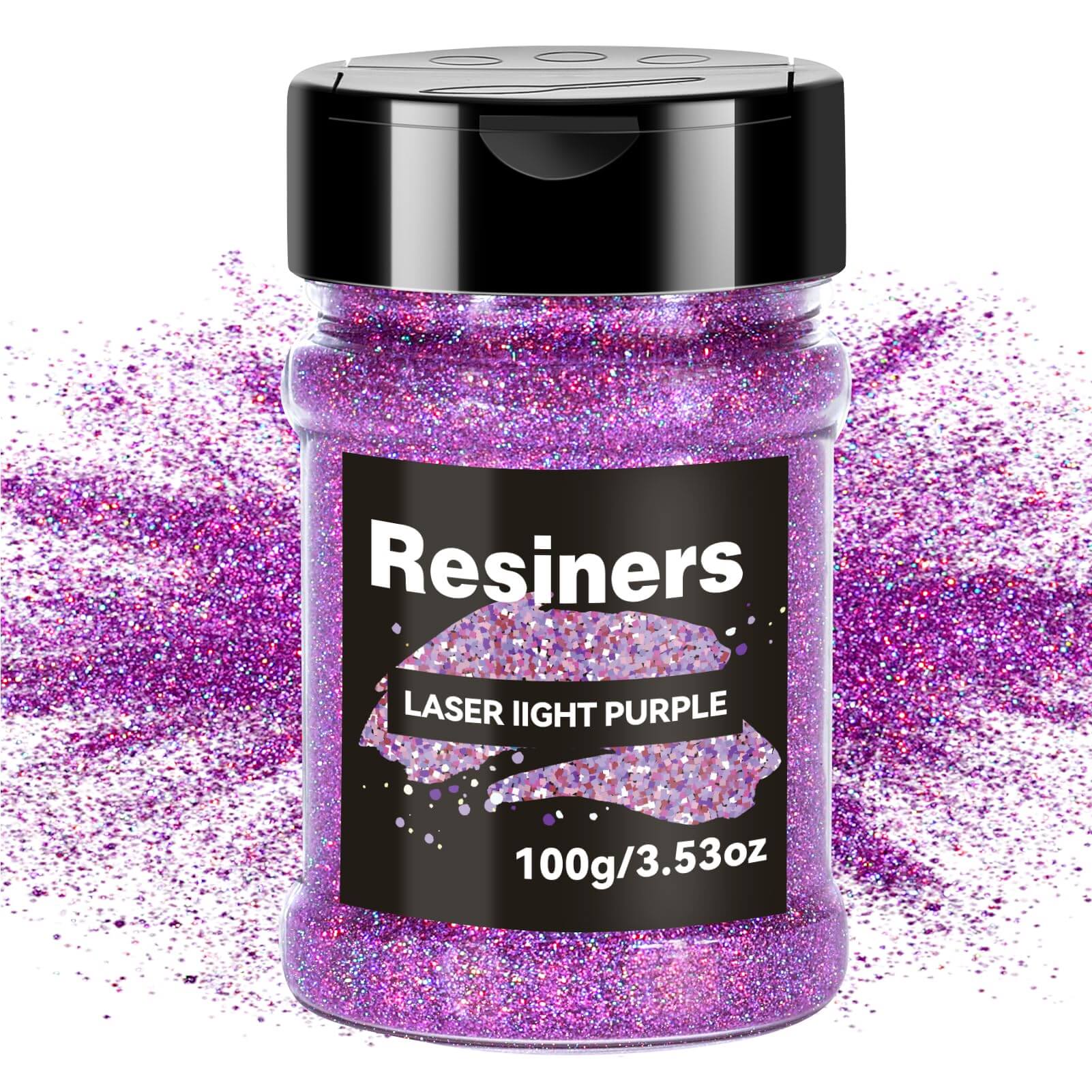
Laisser un commentaire
Ce site est protégé par hCaptcha, et la Politique de confidentialité et les Conditions de service de hCaptcha s’appliquent.